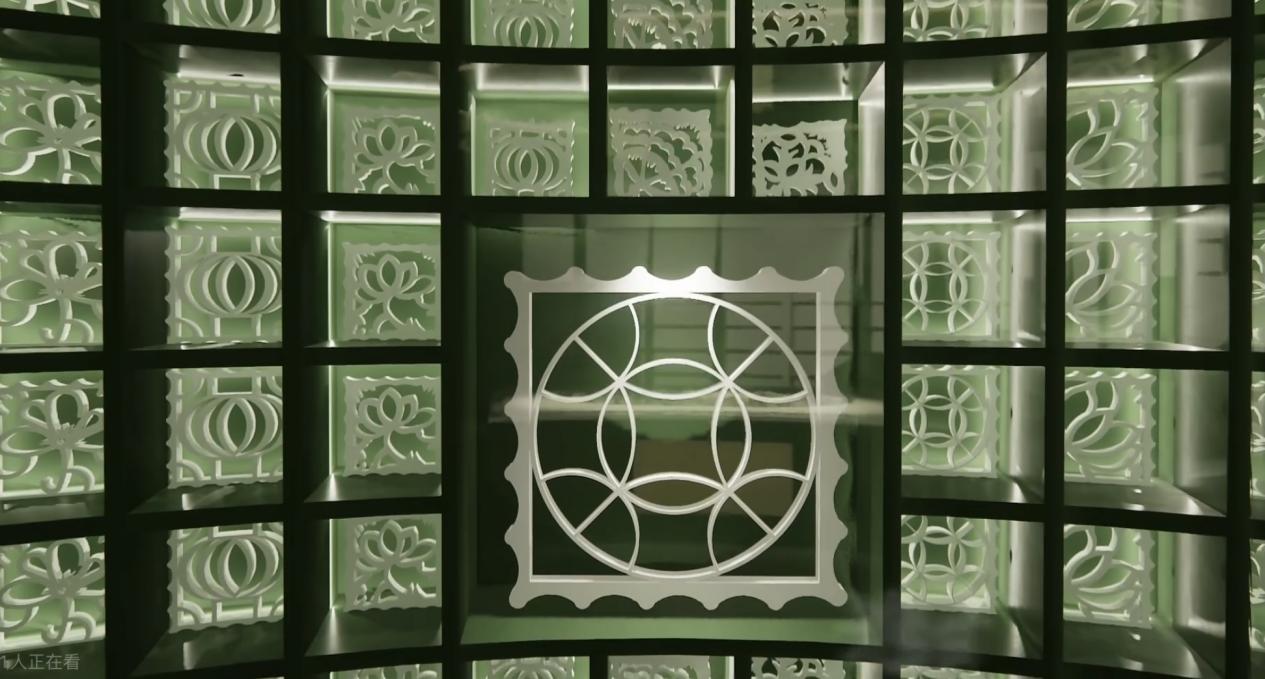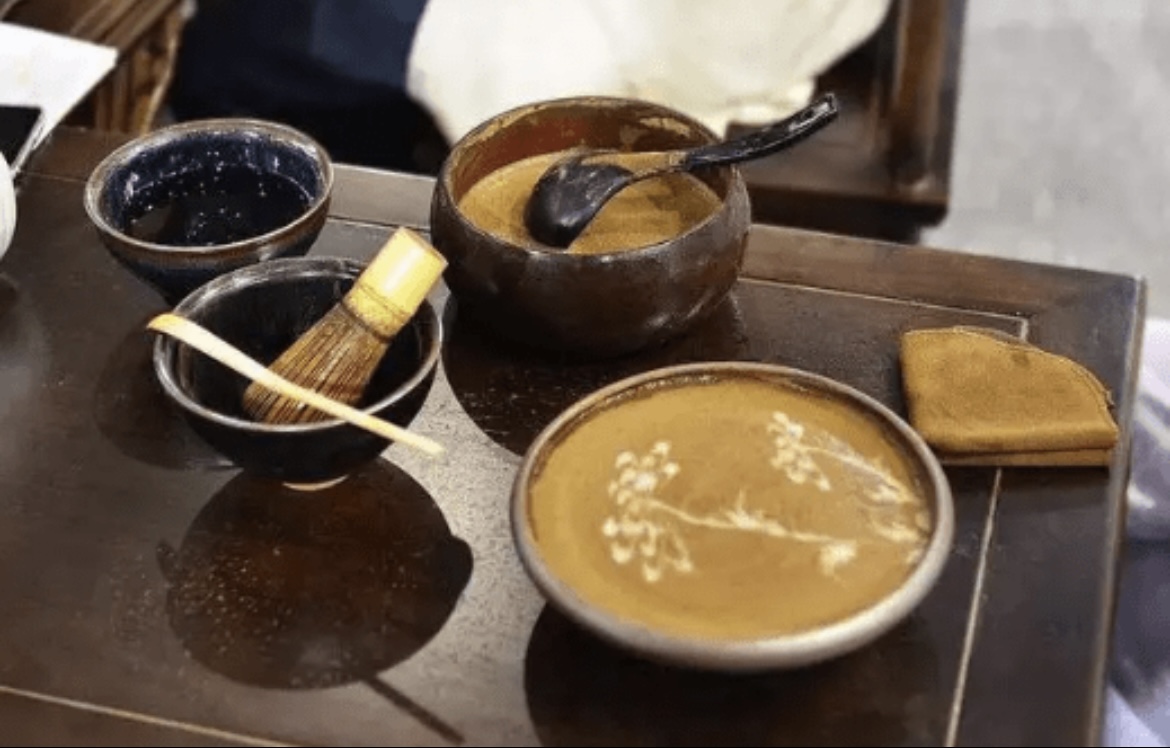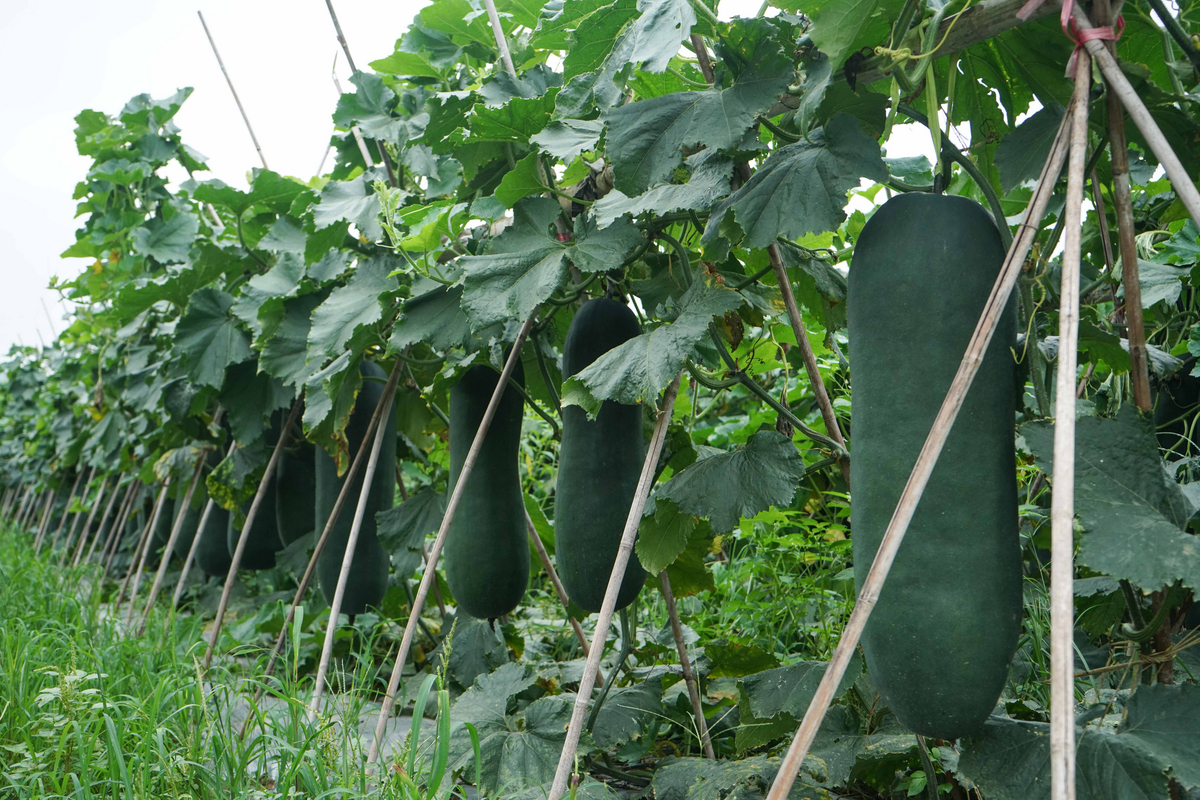Yulin Chapao: Leisurely Lifestyle
Publication time:2022-09-09 09:03:04
By Chen Zhiying
“You will hold my arm close; I will put my hands in pockets outright. We’ll walk till the end of Yulin Road and rest at a pub’s front site...” Hearing the song Chengdu, one might easily immerse himself in the leisurely atmosphere of this city. Like Chengdu, Yulin, a city in the southeast of Guangxi Zhuang Autonomous Region, is also endowed with the nature of ease and slow pace. The lives of people in Yulin are refined, balanced, and carefree: playing mahjong, drinking beer with barbecues, and making bamboo weaving. Yet the most common way of enjoying an idle life for ordinary people in Yulin is to savor tea with a piece of transparent Chapao.

Different tea arts throughout the history
Over the past several thousand years, tea has been the most favored drink of the Chinese people. In the long history, they have developed different drinking habits and tea arts, which make tea not only a practical beverage but a carrier of their cultivated minds and a reflection of their peaceful and leisurely lives. During the Tang Dynasty (AD 618-907), a period that was more stable than the preceding eras and trade flourished, people became more wealthy and had more leisure time. As a result, we see an increase in the popularity of tea. A great number of teahouses sprout up in Chang’an City. Ordinary people would meet with friends from time to time and spend their whole day sipping tea while enjoying the opera at the teahouse.
The prosperous economy and humane culture in the Tang Dynasty brought many activities to the street for the public to enjoy. At that time, Doucha, literally meaning tea competition, started to appear. In a tea competition, the contestants each took their best tea cakes, processed them with unique tools, and finally made a cup of tea to present to the judge. Competitors could integrate dance movements and music into the tea-making process, which would give great visual and auditory enjoyment to the audience and thus make Doucha more like an art instead of simply a competition.
When it comes to the Song Dynasty (AD 960-1279), a time featuring an amazingly rich tea culture, the teamaking method evolved, and a tea trick called Chabaixi emerged. Similar to modern latte art, Chabaixi can create various patterns like natural scenery and characters by injecting water into the foams formed after the tea has been quickly whisked. Such technique later went viral among literati who liked to associate tea with other refined pursuits such as calligraphy, music, and literature.

No matter Doucha or Chabaixi, the significance of them is not only that such art form is unique in the world, but more importantly, they give us a window into people’s leisurely lifestyles and pursuits in the Tang and Song Dynasties.
Tips: Unlike nowadays, during the Tang and Song Dynasty, tea leaves were ground to powder and mixed with hot water, and people would drink them all.
Tea art in modern times
Instead of focusing on the tea itself like what people did in ancient times, people in Yulin shift their attention to another place — making Chapao add some sweetness to the slightly bitter taste of tea, through which we could also have a glance at the
life of the local people.
Chapao, (“Cha” represents “tea” and “pao” “brew”) like what it means in Chinese, is used for brewing tea. It is a kind of dessert made of candied winter melons. Differing from other common winter melon sugar, Chapao is more delicate, and the materials to make it are carefully selected. Choosing suitable melons is quite an art: winter melons that grow old enough and evenly with a weight of over five kilograms are the best choice to make Chapao since the young one is soft to be carved with patterns and the irregular one doesn’t look good. The selected melon then will be cut into rectangular pieces with auspicious patterns carved on them, and after being soaked in syrup and drying in the air several times, a piece of Chapao in white coat comes into being.

Chapao is used on many occasions. People in Yulin like to drink tea with Chapao in daily life. A cup of tea with the slight fragrance of winter melons can parry the sound of the outside world and make one calm in summer. They also use it to treat honorable guests and friends as a way of paying respect. Guests who drink the tea with Chapao will feel refreshed and energized. Besides, it is also served in the wedding ceremony in Yulin, through the patterns on which parents and relatives convey good wishes to the new couple. With the touch of love, Chapao endows with tea-drinking with a romantic flavor, along with its strong aesthetic and meaningful elements.The little white Chapao not only reflects Yulin people’s etiquette but also shows their enthusiasm toward life. When your mind and body are damaged by confusion and exhaustion, the sweetness of Chapao may help to open a new and boundless world.
Tips:
1. Chapao of good quality features white color, refreshing aroma, sweet taste, and exquisite patterns.
2. The technique of making Chapao is divided into flat carving and three-dimensional carving. Usually, winter melons are used for the former one, while green papayas for the latter.
3. The traditional technique of making Chapao is mostly passed down by mothers to their daughters. It is known as another “needlework” of women in Yulin.

